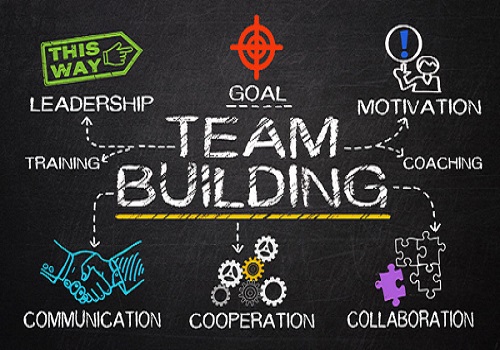
Introduction:
Team building is a powerful concept that plays a crucial role in the success and effectiveness of any group or organization. It involves various activities and strategies aimed at improving communication, collaboration, and trust among team members. The power of team building lies in its ability to bring individuals together, align their goals, and enhance their collective performance. Here are some key aspects of the power of team building:
1. Improved Communication:
Effective team building activities encourage open and honest communication among team members. This helps in sharing ideas, resolving conflicts, and preventing misunderstandings. When team members feel comfortable expressing their thoughts and concerns, it fosters a positive working environment.
2. Enhanced Collaboration:
Team building fosters a sense of unity and cooperation among team members. When individuals work well together, they can combine their strengths and compensate for each other’s weaknesses, leading to higher productivity and better outcomes.
3. Increased Trust:
Trust is the foundation of any successful team. Team building activities help build trust by promoting mutual respect and understanding. As team members get to know each other on a personal level, they are more likely to rely on each other and trust one another’s decisions.
4. Boosted Morale and Motivation:
Engaging team building activities can boost team morale and motivation. Fun and challenging activities can break the routine, reduce stress, and increase enthusiasm among team members. A motivated team is more likely to take on challenges and work towards common goals.
5. Identify Strengths and Weaknesses:
Team building exercises can help identify the strengths and weaknesses of individual team members. This information can be valuable for assigning roles and tasks that match each person’s skills and abilities.
6. Problem-Solving Skills:
Team building often involves problem-solving exercises that require creativity and critical thinking. These activities help team members develop their problem-solving skills, which can be applied to real work-related issues.
7. Clearer Roles and Responsibilities:
Team building exercises can clarify team roles and responsibilities. When individuals understand their roles and how they fit into the bigger picture, they are more likely to work cohesively towards achieving common objectives.
8. Increase Innovation:
Diverse teams with strong bonds are more likely to generate innovative ideas and solutions. When team members trust and respect each other, they feel more comfortable sharing and exploring new concepts.
9. Enhance Productivity:
Effective team building can lead to increased productivity. When team members understand their roles, work well together, and are motivated, they can accomplish tasks more efficiently.
10. Reduce Turnover:
Employees who feel connected to their teams and enjoy their work environment are less likely to leave the organization. This can reduce turnover and the associated costs of hiring and training new staff.
11. Adapt to Change:
In a rapidly changing business environment, teams that are accustomed to working together are more adaptable. They can respond more effectively to changes, challenges, and opportunities.
12. Create a Positive Organizational Culture:
The culture of an organization is heavily influenced by the dynamics of its teams. Positive team experiences can contribute to a culture of respect, inclusivity, and continuous improvement.
Conclusion:
The power of team building cannot be underestimated. It has the potential to transform a group of individuals into a high-performing team that can achieve remarkable results. Whether in a corporate setting, sports team, nonprofit organization, or any other group, investing in team building can lead to improved communication, collaboration, trust, and overall success.
